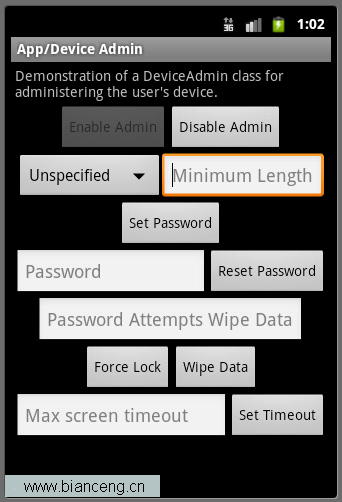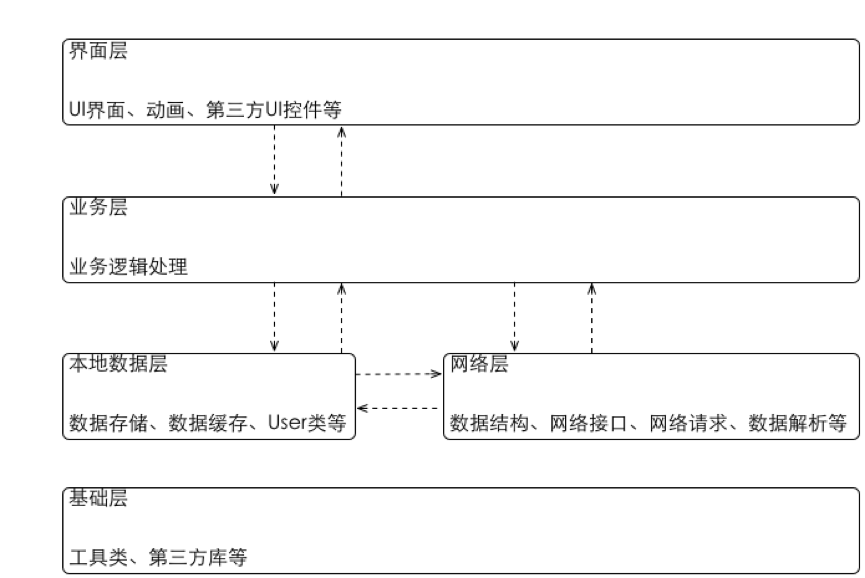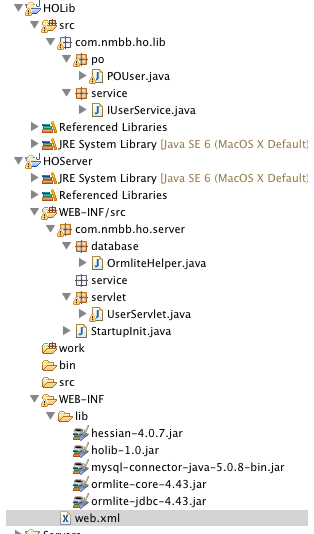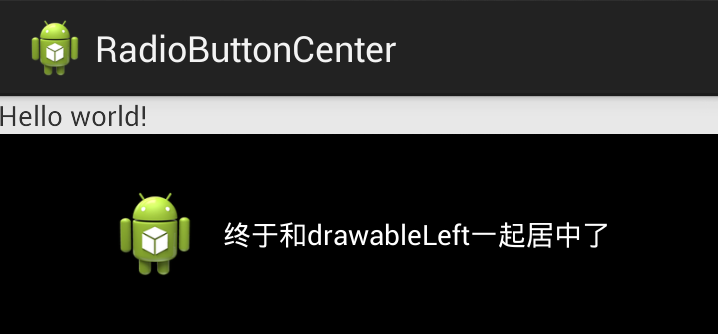Android源碼之SurfaceFlinger的啟動(一)
page1
在Android系統中, 顯示系統在底層是通過SurfaceFlinger服務來完成的, 因此從今天開始, 我們從SurfaceFlinger服務作為入口來分析一下Android顯示系統.
SurfaceFlinger服務是在System進程中, 而System進程是由Zygote進程啟動的, 並且是以Java層的SystemServer類的靜態成員函數main為入口函數的。
因此,接下來我們就從SystemServer類(定義在SystemServer.java文件中)的靜態成員函數main開始,分析SurfaceFlinger服務的啟動過程:
1 public static void main(String[] args) {
2 if (System.currentTimeMillis() < EARLIEST_SUPPORTED_TIME) {
3 // If a device's clock is before 1970 (before 0), a lot of
4 // APIs crash dealing with negative numbers, notably
5 // java.io.File#setLastModified, so instead we fake it and
6 // hope that time from cell towers or NTP fixes it
7 // shortly.
8 Slog.w(TAG, "System clock is before 1970; setting to 1970.");
9 SystemClock.setCurrentTimeMillis(EARLIEST_SUPPORTED_TIME);
10 }
11 if (SamplingProfilerIntegration.isEnabled()) {
12 SamplingProfilerIntegration.start();
13 timer = new Timer();
14 timer.schedule(new TimerTask() {
15 @Override
16 public void run() {
17 SamplingProfilerIntegration.writeSnapshot("system_server", null);
18 }
19 }, SNAPSHOT_INTERVAL, SNAPSHOT_INTERVAL);
20 }
// Mmmmmm... more memory!
21 dalvik.system.VMRuntime.getRuntime().clearGrowthLimit();
// The system server has to run all of the time, so it needs to be
// as efficient as possible with its memory usage.
22 VMRuntime.getRuntime().setTargetHeapUtilization(0.8f);
23 System.loadLibrary("android_servers");
24 init1(args);
25 }
第24行(SystemServer.main)會調用init1函數來進行初始化操作, init1函數是個native函數來初始化C++層的服務, 會導致com_android_server_SystemServer.cpp的android_server_SystemServer_init1函數的調用, 關於com_android_server_SystemServer.cpp的android_server_SystemServer_init1函數的詳細分析可以參考page2文件.
page2
1static void android_server_SystemServer_init1(JNIEnv* env, jobject clazz)
2{
3 system_init();
4}
第3行(com_android_server_SystemServer->android_server_SystemServer_init1)會調用system_init函數, system_init函數是在system_init.cpp文件中定義的, system_init函數的定義如下:
1extern "C" status_t system_init()
2{
3 ALOGI("Entered system_init()");
4 sp<ProcessState> proc(ProcessState::self());
5 sp<IServiceManager> sm = defaultServiceManager();
6 ALOGI("ServiceManager: %p\n", sm.get());
7 sp<GrimReaper> grim = new GrimReaper();
8 sm->asBinder()->linkToDeath(grim, grim.get(), 0);
9 char propBuf[PROPERTY_VALUE_MAX];
10 property_get("system_init.startsurfaceflinger", propBuf, "1");
11 if (strcmp(propBuf, "1") == 0) {
12 // Start the SurfaceFlinger
13 SurfaceFlinger::instantiate();
14 }
15 property_get("system_init.startsensorservice", propBuf, "1");
16 if (strcmp(propBuf, "1") == 0) {
17 // Start the sensor service
18 SensorService::instantiate();
19 }
// And now start the Android runtime. We have to do this bit
// of nastiness because the Android runtime initialization requires
// some of the core system services to already be started.
// All other servers should just start the Android runtime at
// the beginning of their processes's main(), before calling
// the init function.
20 ALOGI("System server: starting Android runtime.\n");
21 AndroidRuntime* runtime = AndroidRuntime::getRuntime();
22 ALOGI("System server: starting Android services.\n");
23 JNIEnv* env = runtime->getJNIEnv();
24 if (env == NULL) {
25 return UNKNOWN_ERROR;
26 }
27 jclass clazz = env->FindClass("com/android/server/SystemServer");
28 if (clazz == NULL) {
29 return UNKNOWN_ERROR;
30 }
31 jmethodID methodId = env->GetStaticMethodID(clazz, "init2", "()V");
32 if (methodId == NULL) {
33 return UNKNOWN_ERROR;
34 }
35 env->CallStaticVoidMethod(clazz, methodId);
36 ALOGI("System server: entering thread pool.\n");
37 ProcessState::self()->startThreadPool();
38 IPCThreadState::self()->joinThreadPool();
39 ALOGI("System server: exiting thread pool.\n");
40 return NO_ERROR;
41 }
第9-14行(system_init->system_init)如果發現系統屬性中設置了啟動SurfaceFlinger服務, 第13行(system_init->system_init)會調用SurfaceFlinger的instantiate函數來啟動SurfaceFlinger服務, 關於SurfaceFlinger的instantiate的詳細分析可以參考page3文件.
第37-38行(system_init->system_init)是啟動Binder的線程池, 從此開始, SystemServer進程就可以接受Binder的進程間通信了.
page3
我們從SurfaceFlinger的instantiate函數作為入口來分析SurfaceFinger服務的啟動.
我們先來看一下SurfaceFlinger類的繼承體系:
class SurfaceFlinger : public BinderService<SurfaceFlinger>,
public BnSurfaceComposer,
private IBinder::DeathRecipient,
private Thread,
private HWComposer::EventHandler
我靠!SurfaceFlinger繼承了5個父類.
不管了, 先分析instantiate函數, instantiate函數是從BinderService繼承而來的, 我們先來看一下BinderService類的聲明:
template<typename SERVICE> class BinderService
BinderService接受一個模板參數.
BinderService的instantiate函數定義如下:
static void instantiate() {
publish();
}
instantiate函數只是調用了publish函數, publish函數的定義如下:
1 static status_t publish(bool allowIsolated = false) {
2 sp<IServiceManager> sm(defaultServiceManager());
3 return sm->addService(String16(SERVICE::getServiceName()), new SERVICE(), allowIsolated);
4 }
第2行(BinderService->publish)獲得ServiceManager.
第3行(BinderService->publish)會new一個SERVICE實例, 並調用ServiceManager的addService函數來交給ServiceManager管理, 這是Binder機制的基礎.
因此這裡會new一個SurfaceFlinger對象, 關於SurfaceFlinger的構造函數的分析可以參考page4文件.
因為ServiceManager的addService函數的參數是個SP類型的, 因此這裡會導致SurfaceFlinger的onFirstRef函數的調用, onFirstRef函數的定義如下:
1void SurfaceFlinger::onFirstRef()
2{
3 mEventQueue.init(this);
4
5 run("SurfaceFlinger", PRIORITY_URGENT_DISPLAY);
6
7 // Wait for the main thread to be done with its initialization
8 mReadyToRunBarrier.wait();
9}
第3行(SurfaceFlinger->onFirstRef)成員變量mEventQueue是一個MessageQueue類型的, 因此這裡會調用MessageQueue的init函數. 關於MessageQueue的init函數的實現可以參考page5文件.
第5行(SurfaceFlinger->onFirstRef)會調用run函數, run函數是從Thread類繼承下來的. 關於Thread的run函數的詳細分析可以參考page6文件.
page4
我們分析一下SurfaceFlinger的構造函數的實現:
1 SurfaceFlinger::SurfaceFlinger()
2 : BnSurfaceComposer(), Thread(false),
3 mTransactionFlags(0),
4 mTransactionPending(false),
5 mAnimTransactionPending(false),
6 mLayersRemoved(false),
7 mRepaintEverything(0),
8 mBootTime(systemTime()),
9 mVisibleRegionsDirty(false),
10 mHwWorkListDirty(false),
11 mDebugRegion(0),
12 mDebugDDMS(0),
13 mDebugDisableHWC(0),
14 mDebugDisableTransformHint(0),
15 mDebugInSwapBuffers(0),
16 mLastSwapBufferTime(0),
17 mDebugInTransaction(0),
18 mLastTransactionTime(0),
19 mBootFinished(false)
20 {
21 ALOGI("SurfaceFlinger is starting");
22
23 // debugging stuff...
24 char value[PROPERTY_VALUE_MAX];
25
26 property_get("debug.sf.showupdates", value, "0");
27 mDebugRegion = atoi(value);
28
29 property_get("debug.sf.ddms", value, "0");
30 mDebugDDMS = atoi(value);
31 if (mDebugDDMS) {
32 if (!startDdmConnection()) {
33 // start failed, and DDMS debugging not enabled
34 mDebugDDMS = 0;
35 }
36 }
37 ALOGI_IF(mDebugRegion, "showupdates enabled");
38 ALOGI_IF(mDebugDDMS, "DDMS debugging enabled");
39 }
可以看到, SurfaceFlinger的構造函數除了初始化成員變量之外, 沒有什麼額外的邏輯.
page5
我們分析一下MessageQueue的init函數的實現, 如下所示:
1void MessageQueue::init(const sp<SurfaceFlinger>& flinger)
2{
3 mFlinger = flinger;
4 mLooper = new Looper(true);
5 mHandler = new Handler(*this);
6}
第3行(MessageQueue->init)會將SurfaceFlinger對象保存到MessageQueue裡.
第4行(MessageQueue->init)會new一個Looper對象, 用於分發消息.
第5行(MessageQueue->init)會用本MessageQueue去初始化一個Handler對象, 注意, Handler是在MessageQueue類裡定義的一個內部類, 定義如下:
class Handler : public MessageHandler {
enum {
eventMaskInvalidate = 0x1,
eventMaskRefresh = 0x2
};
MessageQueue& mQueue;
int32_t mEventMask;
public:
Handler(MessageQueue& queue) : mQueue(queue), mEventMask(0) { }
virtual void handleMessage(const Message& message);
void dispatchRefresh();
void dispatchInvalidate();
};
 Android ApiDemos示例解析(21) App->Device Admin
Android ApiDemos示例解析(21) App->Device Admin
 KJFrameForAndroid框架簡介
KJFrameForAndroid框架簡介
 Android項目快速開發框架探索(Mysql+ OrmLite + Hessian + Sqlite)
Android項目快速開發框架探索(Mysql+ OrmLite + Hessian + Sqlite)
 Android中自定義控件讓TextView的drawableLeft與文本一起居中
Android中自定義控件讓TextView的drawableLeft與文本一起居中